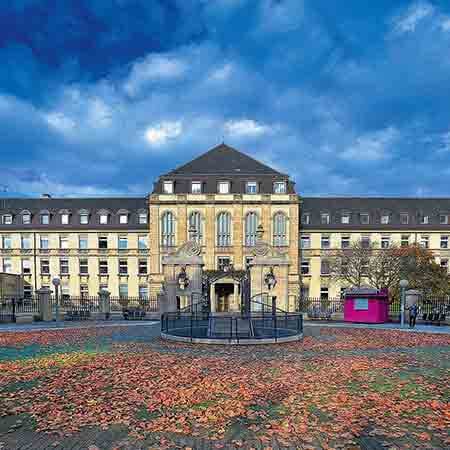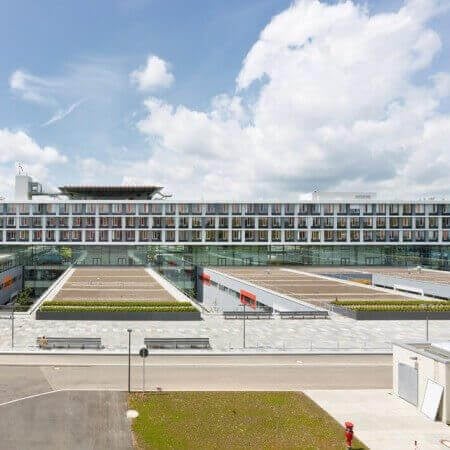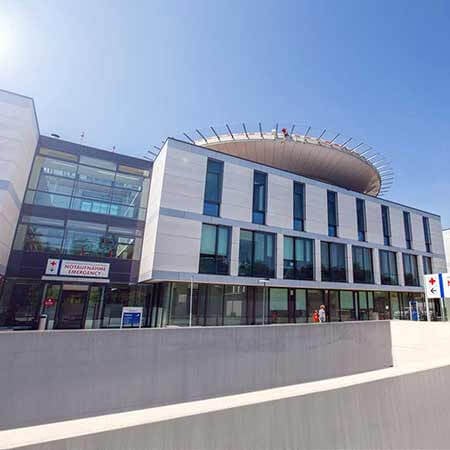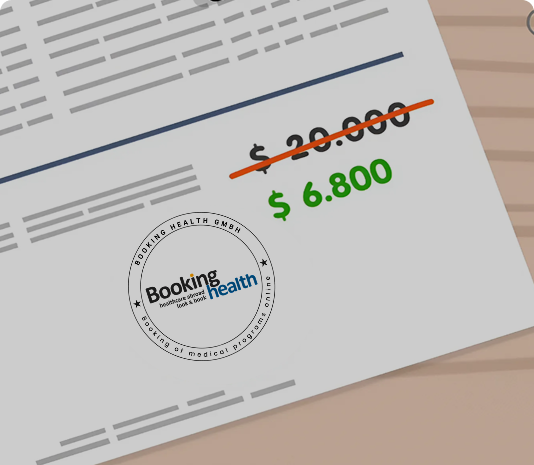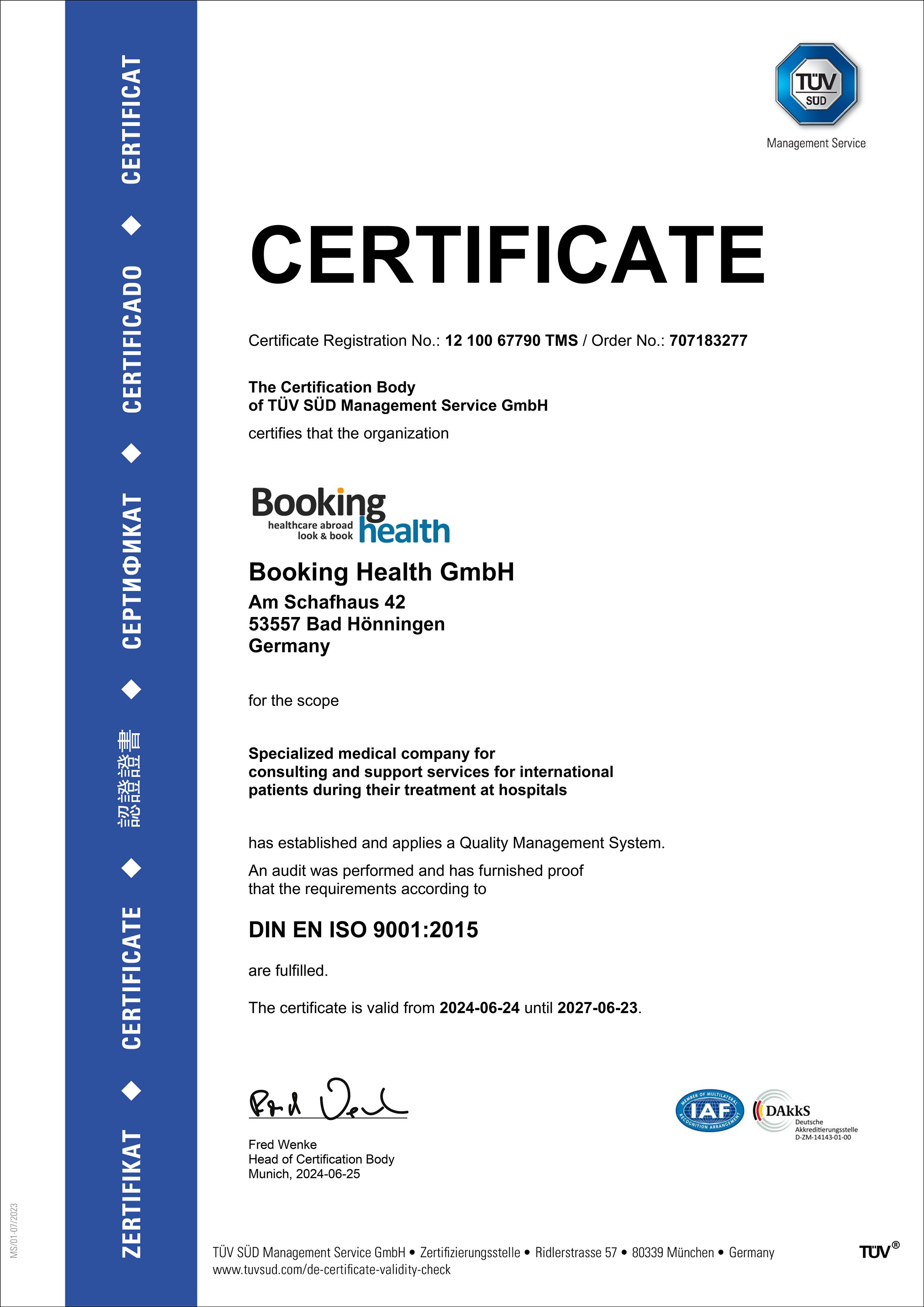About the disease
Henoch-Schonlein purpura is an inflammation of small blood vessels. This disease is mostly pediatric. As a result of inflammation in small blood vessels, blood vessels can start to leak. Mostly, blood vessels of the skin, kidneys and intestines are affected. Henoch-schonlein purpura manifests itself as a rash, which is followed by little bruises. Bruises, in this case, are mostly numerous. Rash and bruising can develop on the legs and buttocks. Henoch-Schonlein purpura is mostly common among children aged 2 to 11, but in rare cases it can affect people of other age groups as well. It has been noted that Henoch-schonlein purpura is more prevalent among boys. If an adult has Henoch-schonlein purpura, he/she is more likely to have more severe symptoms than children.
Most commonly, Henoch-schonlein purpura lasts about 4 weeks, in some cases 6 weeks, and after that the condition resolves. In most cases, Henoch-schonlein purpura does not have any serious complication, but nonetheless a child needs to be checked after recovery to see if there had been any damage to the kidneys and intestines. After Henoch-schonlein purpura has passed, a child needs to be regularly checked by the doctor to assure that small blood vessels function normally. Although the exact cause of Henoch-schonlein purpura has not been identified, it is believed that abnormal immune system response to respiratory infections which a child can contract during winter or autumn plays a vital role in causing development of Henoch-schonlein purpura.
Symptoms
- Rash
- Bruising
- Joint pain
- Swelling
- Abdominal pain
- In some cases blood in the urine if kidneys have been damaged
- Fever
- Headaches
Diagnosis
- During a general examination, a doctor will examine the rash to determine its nature. He will also look if there is bruising.
- A urinalysis is used to check the function of kidneys.
- A blood test is used to determine if there is an infection.
- A biopsy of the skin is sometimes used if the only manifestation of Henoch-schonlein purpura is rash and a doctor needs to confirm the diagnosis.
Treatment
- Conservative treatment is used to alleviate the symptoms and also reduce joint pain. It is also used to precipitate the recovery and ensure its safe outcome. A doctor may prescribe anti-inflammatory drugs. Corticosteroids can be prescribed in severe cases, but they are rarely used.
- Extracorporeal blood correction is used if Henoch-schonlein purpura has caused sepsis. Then small blood vessels need to be purified in order to reduce inflammation.
Authors:
This article was edited by medical experts, board-certified doctors Dr. Nadezhda Ivanisova, and Dr. Bohdan Mykhalniuk. For the treatment of the conditions referred to in the article, you must consult a doctor; the information in the article is not intended for self-medication!
Our editorial policy, which details our commitment to accuracy and transparency, is available here. Click this link to review our policies.
